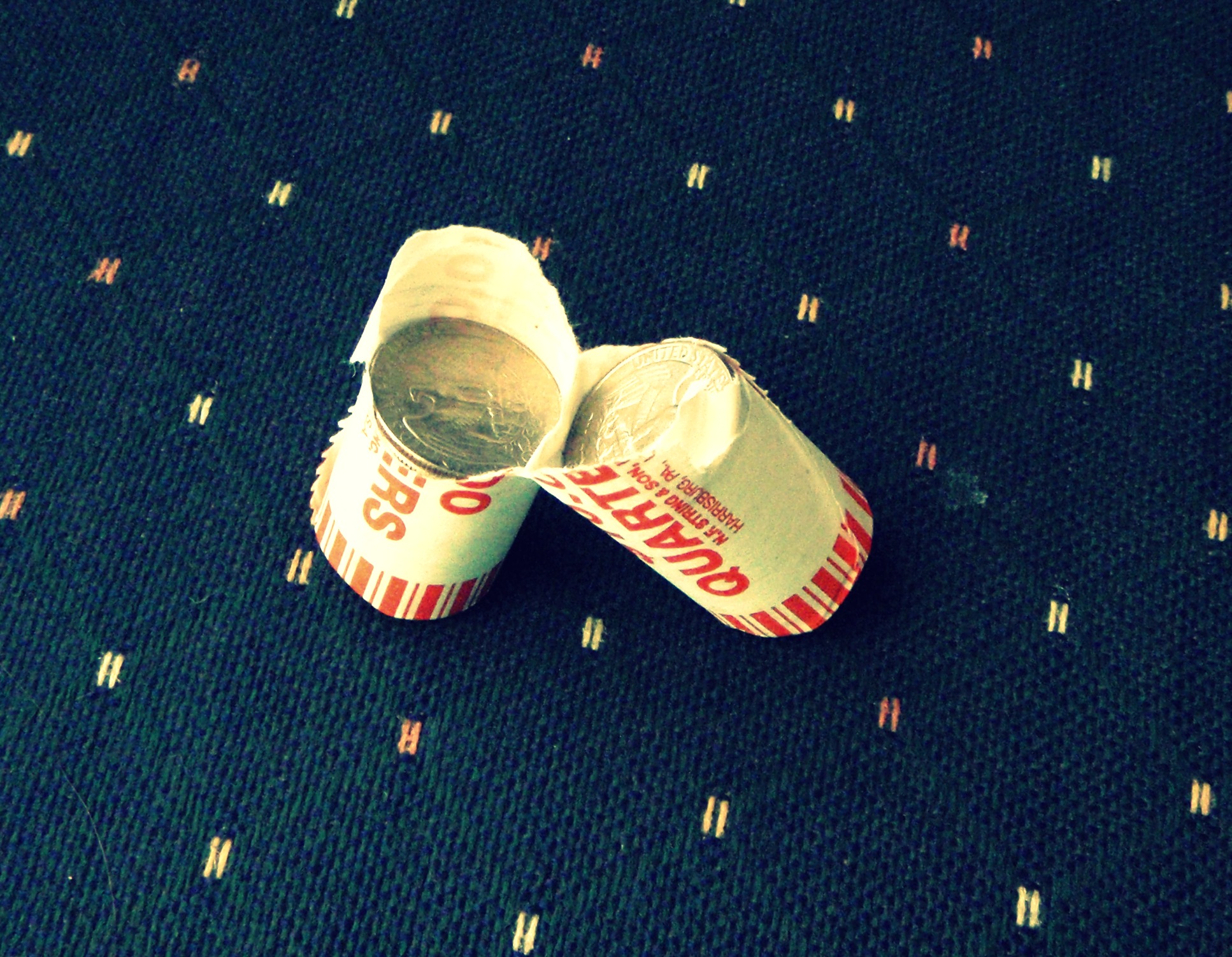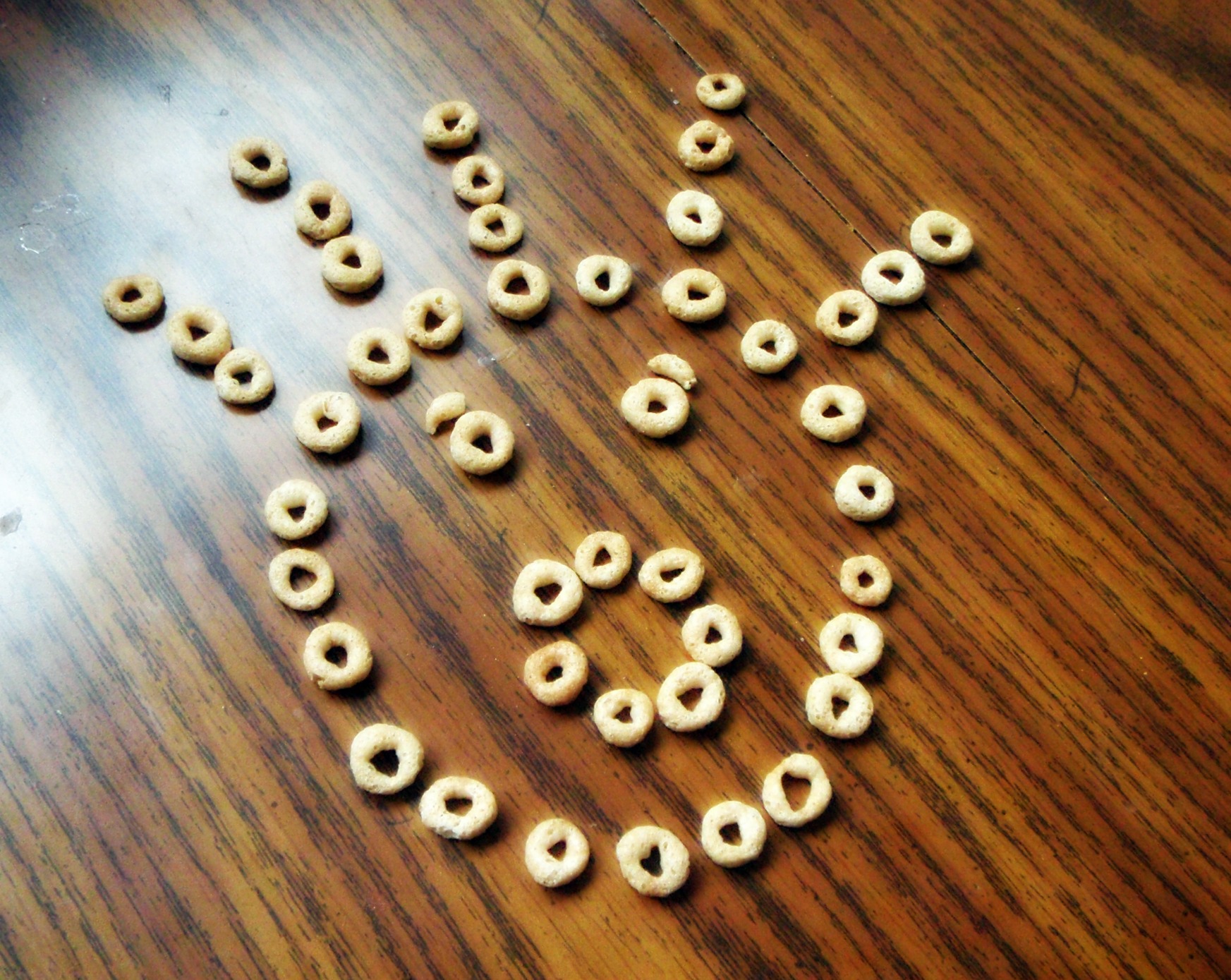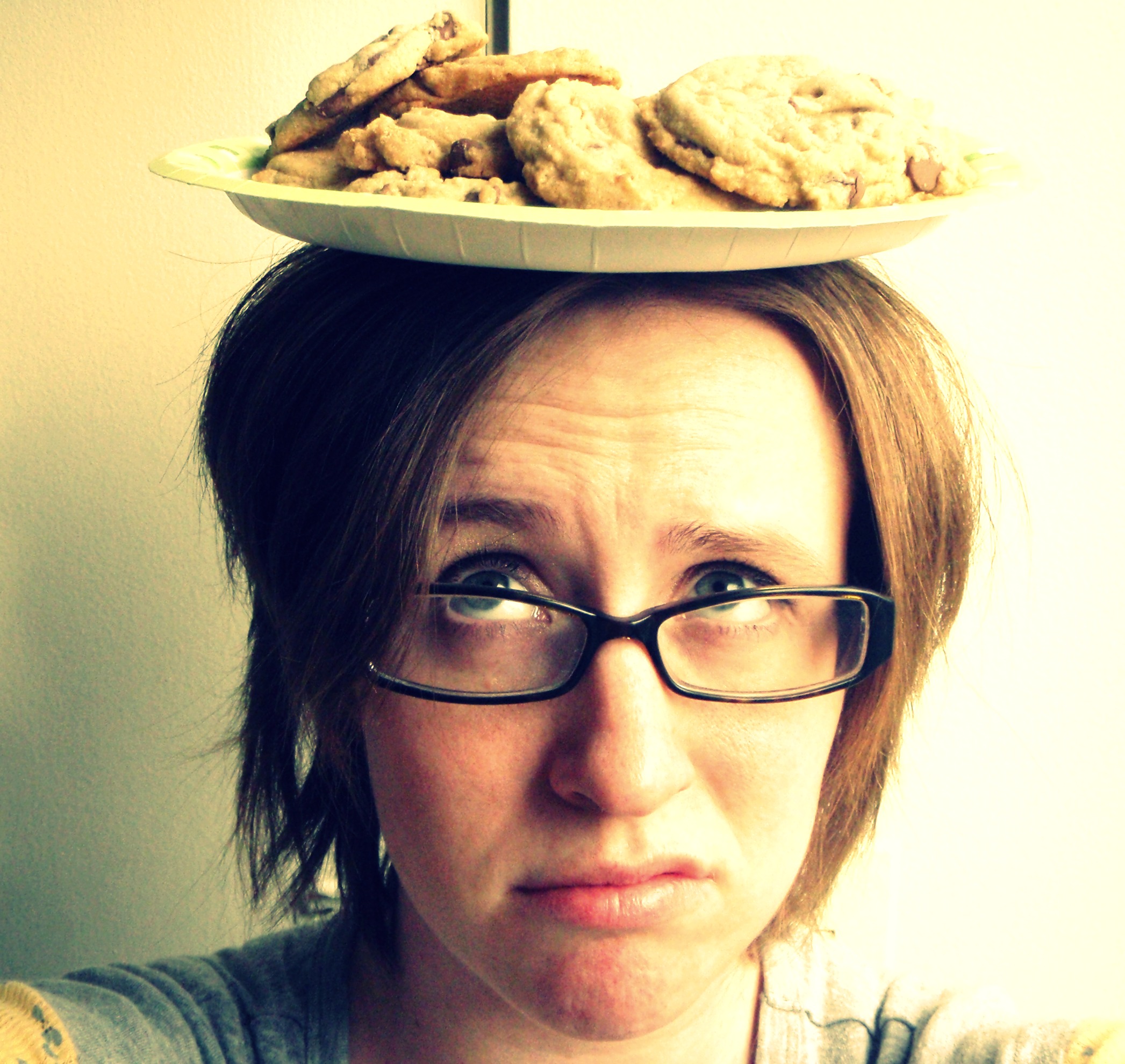After about a week long sabbatical, it’s time again for talkin’ about money.
A quick update: The Bonk household is soon changing locations! On Friday, we will be hauling all of our belongings to an apartment that is slightly smaller but $50 a month cheaper than the one we are living in now. What I’m really excited about, though, is how well we have (so far) financially handled this moving situation. The last few times we’ve moved, we just designated an obscure amount of money to moving and hoped it would work out. This time, we looked ahead, realistically decided that we’d probably end up dining out when we’re moving, and started saving up a specific amount of money for our transition. Now, here we are, the week of the move, and we have a healthy amount saved up. This may seem like small potatoes to some people, but for us, it means confidently spending money we know we have, and that’s a pretty big deal for the Bonks. Progress, friends, progress!
Isn’t it funny how a lot of us have a “cross-your-finers-and-pray” attitude towards spending our money? I don’t think I’m the only person out there who has written a check, crossed my fingers, and prayed that it didn’t clear before I ran home, got online, and moved some money around to make it work. I will be the first to admit that Paul and I were completely ignorant (…maybe lazy? Both?) in how we took care of and spent our money. We needed a way to uncross our fingers. Badly.
We found our solution in the “Envelope System.” The envelope system is nothing fancy. It literally involves two things: envelopes and cash. Well, I guess we used a Sharpie, so, three things. You can actually buy a fancy-schmancy envelope system from Dave Ramsey, but we stuck with plain old envelopes. The idea behind the envelope system is simple and logical; you never spend money you don’t have. You :
1. Decide how much money you want to spend on a category.
2. Take that amount out of your paycheck in cash.
3. Place said cash in appropriate envelope.
4. Spend cash as needed.
5. Know that when the envelope is empty, you’re done buying things in that category.
For example, we put $150 in our food envelope every two weeks. If it’s Wednesday of that second week and the food envelope is empty, we have to (Heaven forbid!) Dig through our cupboards and actually use that box of Zatarain’s dirty rice that’s been staring at us since we bought it.
Guess what? That dirty rice was pretty good and we didn’t throw off our checking account balance; all because we buckled down a little.
Using envelopes doesn’t mean you have to suffer. It means you have to plan things out. When you plan things out, you don’t overspend.
When we’re working the envelopes into our budget, we simply add them as categories to our spreadsheet. Things such as Gas, Laundry Quarters, Groceries, and Allowance usually end up in the ‘Envelopes’ category. Here’s a better example than the last one:

Whoah. That’s huge. Oh, well.
As you can see, our mystery-example-person has not changed her priorities, but she has gotten more organized. When she deposits her check at the bank, she deposits $200.00 into her checking account for rent, and takes out $100 (four $20’s and two $10’s) in cash.
Though this cash is going toward terrible habits, she will not be getting overdraft fees because of them.
This system seems simple…and it is. It has helped keep our frivolous spending under control, as well as act as a reminder of how much money we actually have.
Hopefully these explanations are making sense… If something is confusing, please comment and let me know! (Please comment anyway; I looove comments!)





